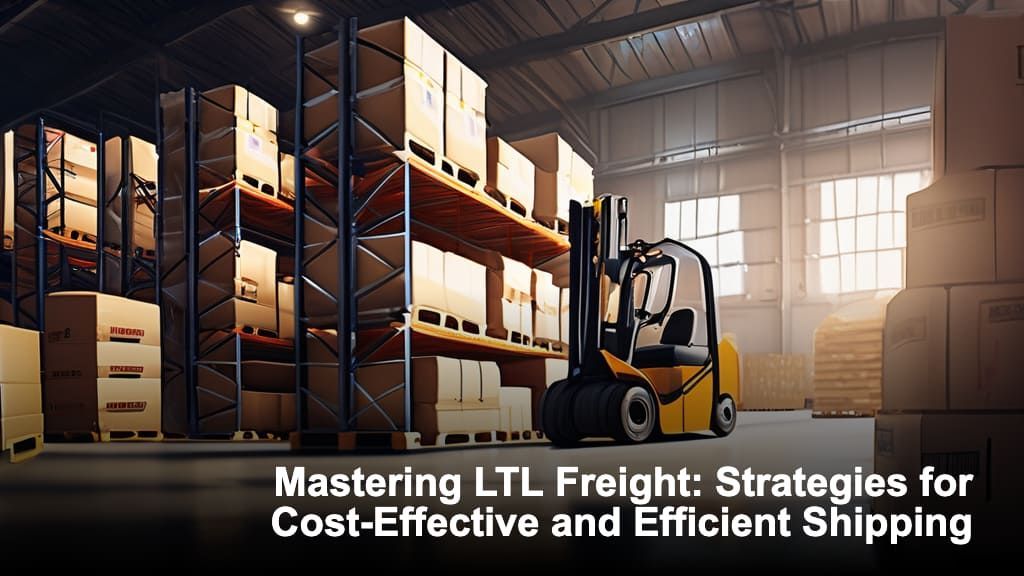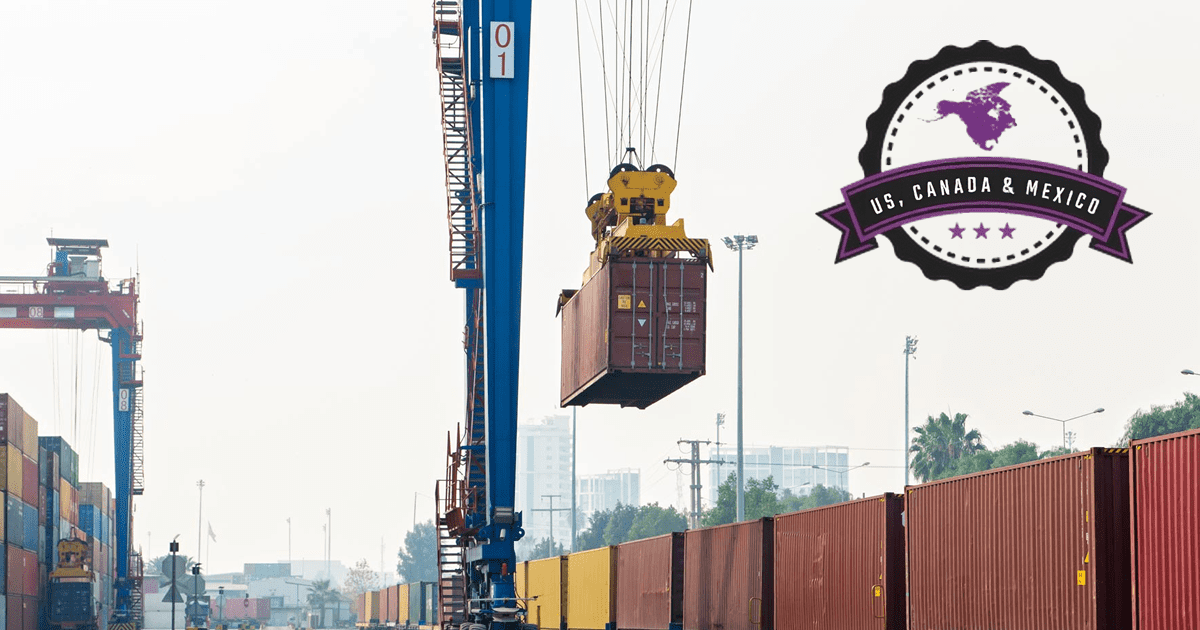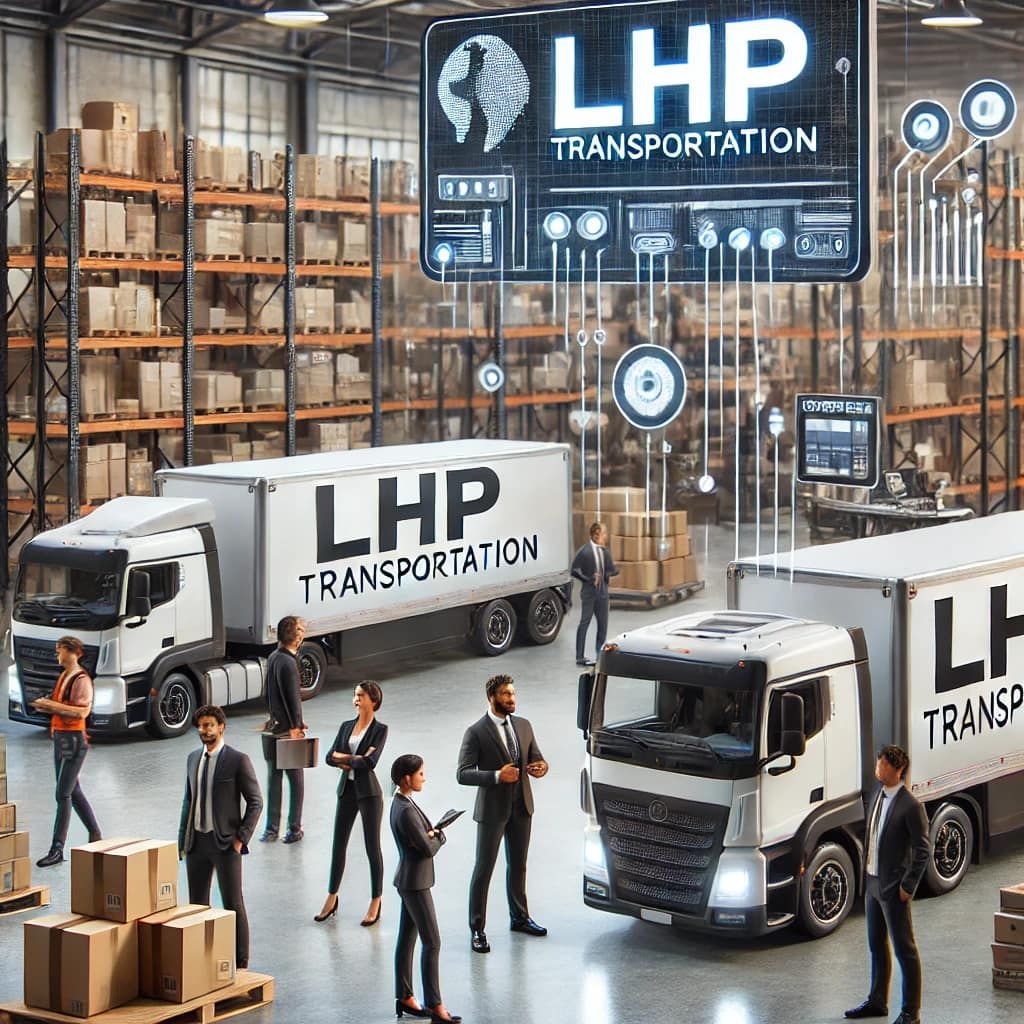Mastering LTL Freight: Strategies for Cost-Effective and Efficient Shipping

LTL (Less-Than-Truckload) freight is a shipping option designed for shipments that do not require the full space of a truck. It allows multiple shippers to share truck space for their goods, making it a cost-effective choice for smaller, less time-sensitive shipments.
Challenges of LTL Freight:
One of the primary concerns with LTL shipping is the unpredictability of transit times due to multiple stops. This can be a significant issue for goods that are perishable or time-sensitive. Additionally, the freight classification process can be complex and errors can lead to higher costs. There is also a higher risk of damage during transit because the goods are handled multiple times. Finally, during peak shipping times, capacity can be limited, potentially leading to delays and higher costs.
Cost Factors: Several factors affect the cost of LTL shipping. These include:
- Freight Classification: Based on size, weight, and ease of transport, goods are classified which influences shipping costs.
- Dimensions and Weight: Charges increase with the size and weight of the shipment.
- Distance: Longer distances generally mean higher costs.
- Base Rates: Vary between carriers and are influenced by service quality and operational costs.
- Accessorial Charges: Extra services like liftgate usage or inside delivery add to the cost.
- Fuel Surcharges: Adjust according to the current fuel prices, adding to the total cost.
- Seasonal Demand: Rates can increase during peak seasons due to higher demand (Circuit).
Optimization Strategies for LTL Freight: To optimize LTL shipping, consider consolidating shipments to reduce costs, negotiate better rates with carriers, and be precise about the freight class to avoid unexpected charges. It’s also beneficial to understand each carrier’s specific offerings and additional charges, and to leverage technology like Transportation Management Systems (TMS) to streamline operations.
By considering these factors and strategies, businesses can effectively utilize LTL shipping to balance cost, efficiency, and service needs.






